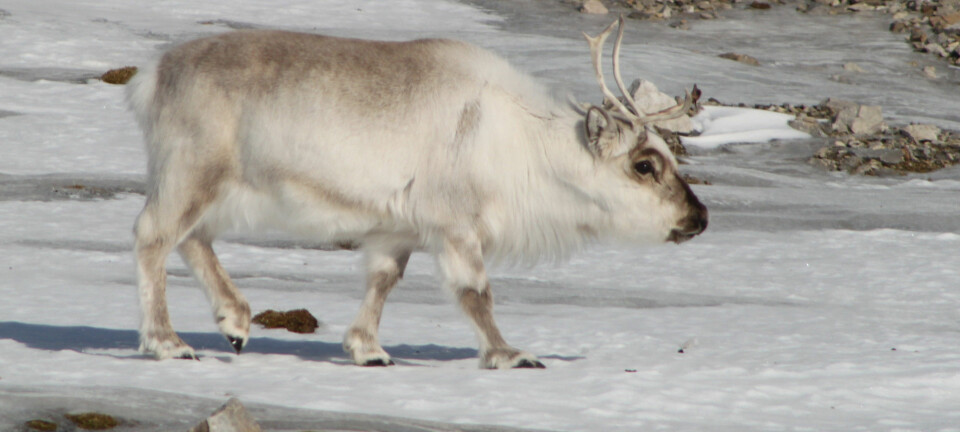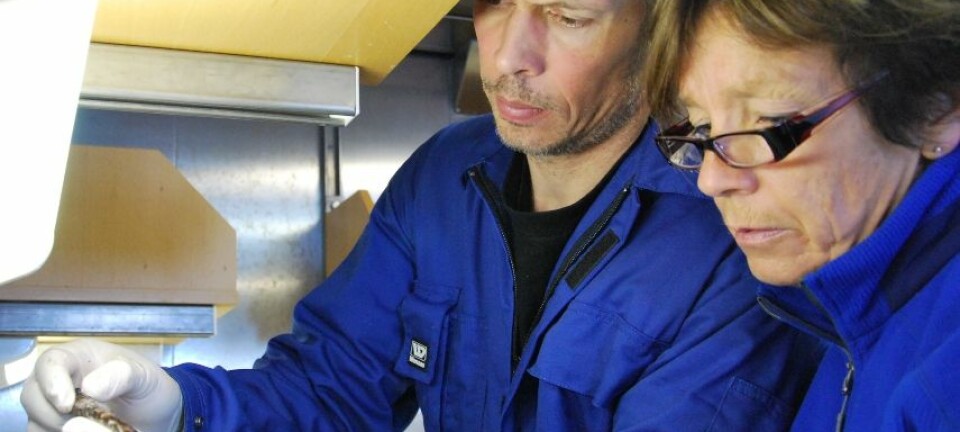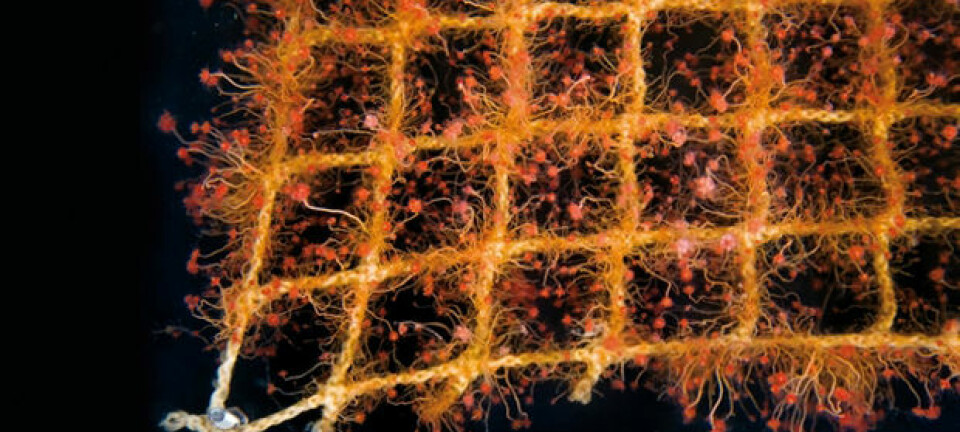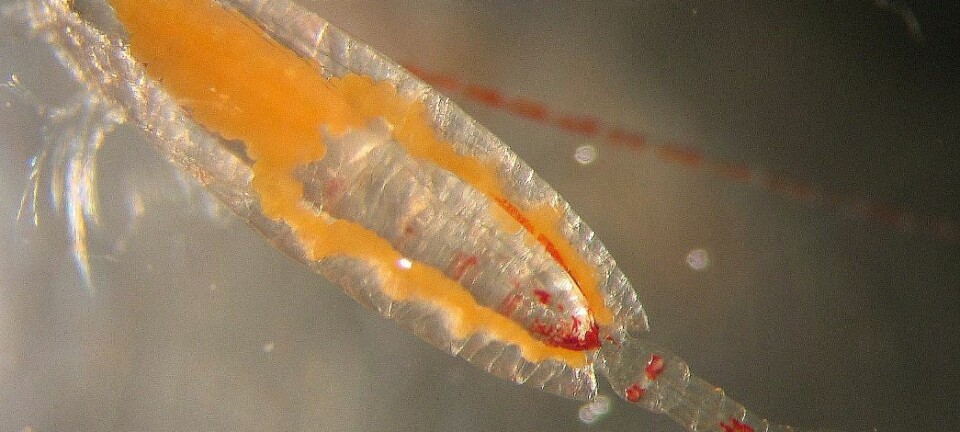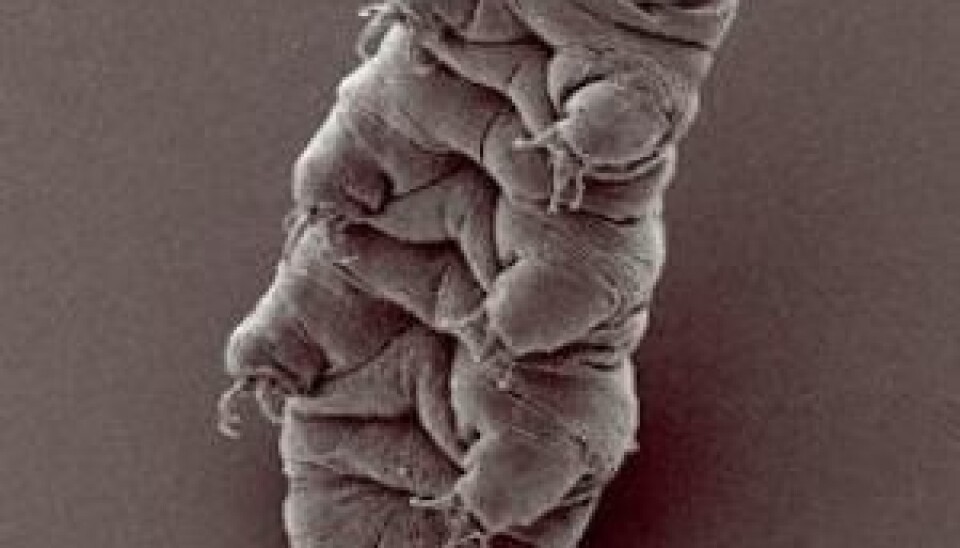
Scientists test the survival skills of the world's most hardcore animal
The water bear is a strange animal that can survive severe cold, complete desiccation and cosmic radiation. Now scientists intend to find out what else this small creature can survive.
The significant abilities of the water bear (also known as a tardigrade) has once again caught the attention of the scientific community.
Scientists hope to unlock the secrets behind the water bears’ survival skills and apply this to technological developments, for example, when freezing organs.
"One could imagine, among other things, that some of the water bear's proteins could be of interest when freezing organs," says Associate Professor Nadja Møbjerg from the Department of Biology at the University of Copenhagen.
In a new research project she intends to find the limits to the water bears’ unusual skills by pushing its boundaries.
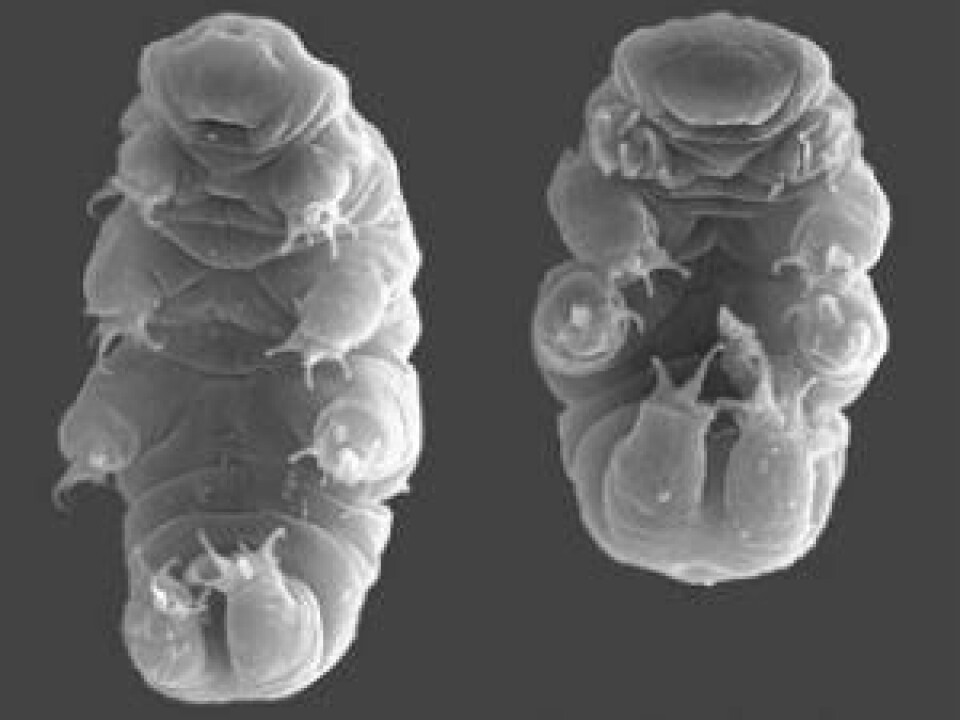
"We'd like to find out what it otherwise can withstand and how it does it," says Møbjerg.
Water bears survive as tiny barrels
Water bears, as their name suggests, live in water, but unlike many other creatures they can survive even if the water freezes to ice or disappears altogether.
If this happens, the water bear turns into a tiny barrel by retracting its legs into its body and hibernates until conditions improve.
This survival state is known as the barrel state or cryptobiosis.
It is this state that makes the water bear unique. "Only very few animals can shut down all the body's mechanisms in the same way and wait for their surroundings to improve," says Møbjerg.
Can survive desiccation for more than 100 years
It is well known that water bears can cope with frost and desiccation by entering a cryptobiotic state.
In this way they can survive without actually living. There have even been examples of water bears surviving without food or drink for 120 years in dried up marshes.
Decade after decade they can remain in the cryptobiotic state in natural history museums waiting for water. When water finally arrives, their legs pop out and the water bear comes back to life.
A closer look at the cryptobiotic state
Cold and desiccation are probably not the only environmental factors that can cause the water bear to contract.
For this reason, Møbjerg will investigate what water bears do when exposed to high salt concentrations, low salt concentrations and environmental poisons, for example, heavy metals.
"This will tell us something about how versatile cryptobiosis is and what it takes for water bears to shut down," says Møbjerg.
Will identify genes and proteins
Møbjerg will also be examining which proteins and genes are at play when the water bear goes into cryptobiosis.
All in all, the research project will start digging into our understanding of the limitations of life.
"We'll be looking for answers to basic, unanswered scientific questions which are of tremendous significance when it comes to our understanding of what advanced life can survive in extreme environments”, says Møbjerg.
“If the water bear is the animal which can cope with the very most extreme conditions, what are its limits, and do these apply to all life? This project will be able to answer such questions”.
Møbjerg has received a grant of DKK 5,592,126 for her project 'Advanced life in extreme environments' from the Danish Council for Independent Research.
-----------------------
Read the original story in Danish on Videnskab.dk
Translated by: Hugh Matthews
